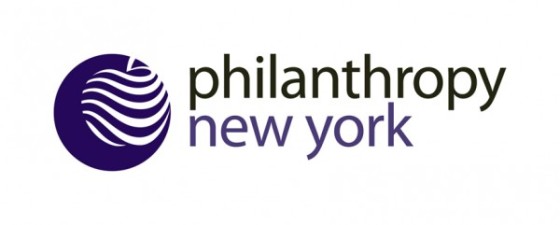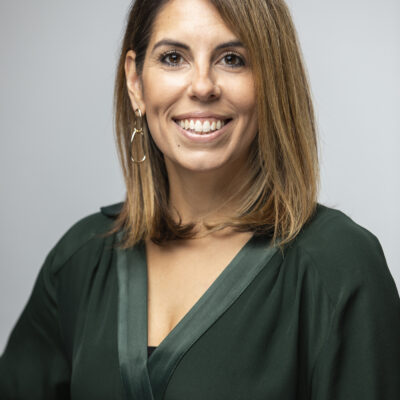
“These people, as much as they are invisible in life, they are invisible in death. It’s very hard to identify them. Nobody’s out there looking for them.”
-Who Is Dayani Cristal
Last week, we hosted an OVEE screening featuring clips and conversation from Who Is Dayani Cristal, a 2013 Sundance award-winning documentary that retraces the steps of Yohan, a Honduran migrant who died on a journey to cross the border into the United States.
If you missed the screening but want to be a part of thought-provoking discussion around immigration and the film’s impact, here are some excerpts of the discussions between Vince Stehle, our executive director, and director Marc Silver, impact producer Lina Srivastava, and Robin Reineke, one of the subjects of the film. (For those who are unfamiliar, OVEE is an online screening platform from Independent Television Service (ITVS) that allows viewers to watch and chat live together in a virtual theater.)
The story begins in the sun-blistered Sonoran Desert beneath a cicada tree, where Arizona border police discover a decomposing male body. Lifting a tattered T-shirt, they expose a tattoo that reads, “Dayani Cristal.” Who is this person? What brought him here? How did he die? And who—or what—is Dayani Cristal? Following a team from the Pima County Morgue in Arizona, director Marc Silver seeks to answer these questions and give this anonymous man an identity. As the forensic investigation unfolds, Mexican actor and activist Gael García Bernal retraces the man’s steps along the migrant trail in Central America. In an effort to understand what it must have felt like to make this journey, Bernal embeds himself among migrant travelers on their own mission to cross the border. He experiences first-hand the dangers they face and learns of their motivations, hopes and fears. As we travel north, these voices from the other side of the border wall give us a rare insight into the human stories which are so often ignored in the immigration debate.
Here is our OVEE, below, and a guide with time stamps and points of reference to help you follow along in the conversation.
The making of the film
5:50: Director Marc Silver describes the impetus for making the film.
“We cast a very wide net in the beginning, and in the process of that research we came to understand that we don’t necessarily need to talk about huge issues. If we just focused on one person, that one person could speak to many of the issues we were interested in.”
21:53: It took Silver and his team several years to make the film, partly because acquiring funding proved to be a real challenge.
“Funding the film was difficult in the beginning because…no one would essentially support us finding a body and then making sure that body was identified, and then actually finding the family of that body. That was considered a very risky proposition at the beginning of the film, because statistically, that’s very difficult to achieve.”
23:33: It wasn’t clear from the outset what Gael Garcia Bernal’s role would be in the film. Eventually, he would retrace and experience the journey of Yohan. Watch this clip from the film that shows Bernal on a bus heading to Mexico from Guatemala. He meets a migrant who’s on his way to the United States.
Border policy & migrant deaths
29:13: Reineke, who plays a significant role in the film in trying to find Yohan’s family, discusses why it’s more dangerous than ever before for migrants trying to cross the border into the United States.
“The border was not always as deadly as it is now … from 1990-1999, the average number of remains of migrants found at the Pima County Office of the Medical Examiner where Marc was filming was only 19. And then from 2000-2015, the average has been about 170 remains per year. It’s a more than tenfold escalation in the number of fatalities of people attempting to cross the border. We have not seen those numbers go down. They came about as a result of U.S. border security policy.”
46:44:
“I think we have very clear evidence that … the way the U.S. government has been securing the border in the way that it has over the years has been directly deadly. There will be a time in my lifetime where I expect that the U.S. government will be held accountable for the loss of life on the border.”
48:37: Stehle and Reineke discuss the violence and hatred coming out of many of the immigration-related debates and conversations in the current presidential election.
“We’re seeing some social movements that are terrifying, not only in terms of promoting more walls, but in terms of the treatment of immigrants and people of color.”
Impact, outreach & lessons for funders
50:46: Lina Srivastava, one of the impact producers of the film, discusses the team’s plan for outreach and impact.
“We were thinking about it as creating a systemic map of the factors leading to migration, both on the policy side and on the civil society side. When we look at the positive impact we’ve had … it’s more on the civil society side than on the policy side. …On the policy side, the dialogue is toxic when it comes to migrants. When you look at the data, the way people are talking about migrants … it’s completely toxic.
59:00: Stehle asks what foundations and philanthropic organizations should do moving forward, and Srivastava and Reineke give several interesting answers.
“We need to be able to do that long-tail campaign…the strategy and the implementation. It can’t just be the production of the assets.” -Srivastava
“In the immigration philanthropic field right now … most of the major foundations supporting immigration-related work have the explicit decision that they do not fund anything that they perceive to be direct-service. I think that’s a really big problem. There’s a policing of [immigrants’] access to basic human rights.” -Reineke
Visit whoisdayanicristal.com to learn more about the film and its impact.
“Who Is Dayani Cristal?” was one of the five powerful films selected for our 2015 Media Impact Festival, which celebrates the social impact of media, and its capacity to transform society.
Special thanks to Philanthropy NY and Grantmakers Concerned with Immigrants and Refugees (GCIR) for partnering with us for this OVEE screening.


